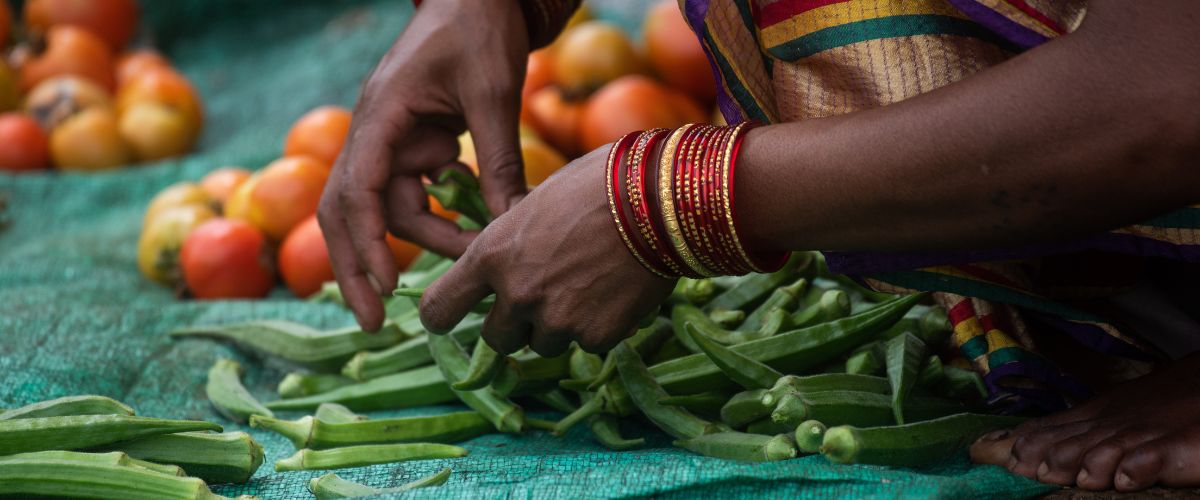In the 2018-2019 financial year, the Australian Government issued just over 2 million passports – about 8,470 passports every working day. 57% of Aussies (about 14 million people) hold a passport, and 9 million Aussies use their passport each and every year. They are the most technologically advanced identification document we have, designed to streamline the identity confirmation process and get you into your destination faster. But what is it about our passports here in Australia that keeps them so secure?
Where did the need for biometric passports come from?
Biometric passports had been researched since 1995 as a way to make them more secure. Documents before the invention of biometric passports could be easily forged or stolen and used to create fake identities. Using a password system was too difficult and not secure enough, so biometric data made the most logical sense to increase security.
The terrorist attacks of September 11, 2001 highlighted the need for tighter border security and passport data, and the production of biometrically secure passports became essential. The US Government set standards that by October 2004, any country wishing to participate in the US Visa-Waiver scheme must have a biometric passport programme in place.
Australia was heavily involved in the framing for international standards for biometric passports, and in 2005, we issued some of the first biometrics passports anywhere in the world.

So what is it about our Australian ePassports that makes them so secure?
Our Aussie passports are designed and manufactured in Melbourne at Note Printing Australia, owned by the Reserve Bank of Australia. Every aspect of the design and production of our passports are developed to be durable and hard to copy – from the individual page designs and the materials, right down to the laminate and thread. There are over 50 advanced security measures included in these little booklets, many of which can only be seen under UV light. They are then printed by the same high-security printing technology used to print our banknotes.
However, it is what is inside our passports that really counts. The contactless chip contains the passport bearer’s name, sex, date of birth, nationality, passport number and expiry date, with security features to stop this information from being tampered with. The image you use in your passport application is compared against 26 million images in the Australian Government’s passport photograph database to confirm identity and stop fraud. In the 2018-2019 financial year, 121 applications were not processed on suspicion of dishonesty or fraud. If the image in the passport or on the chip is off by even one pixel, customs officers will be alerted.
The photo stored on the chip is then compared with the one in the passport, as well as to the person presenting the passport. Now that this biometric data is compared by machines and not by a human being, the likelihood of being successful using a fake or stolen passport is essentially impossible.
This digitised system also made it easier to stop stolen or lost passports being used, as passports are “cancelled’ in the same way you cancel a lost or stolen credit card.
We really do take for granted the 180+ security checks used to establish our identity in a way that we can carry with us easily on our travels. Australia’s advanced passport technology enables us to travel with minimal difficulty to 181 countries.








